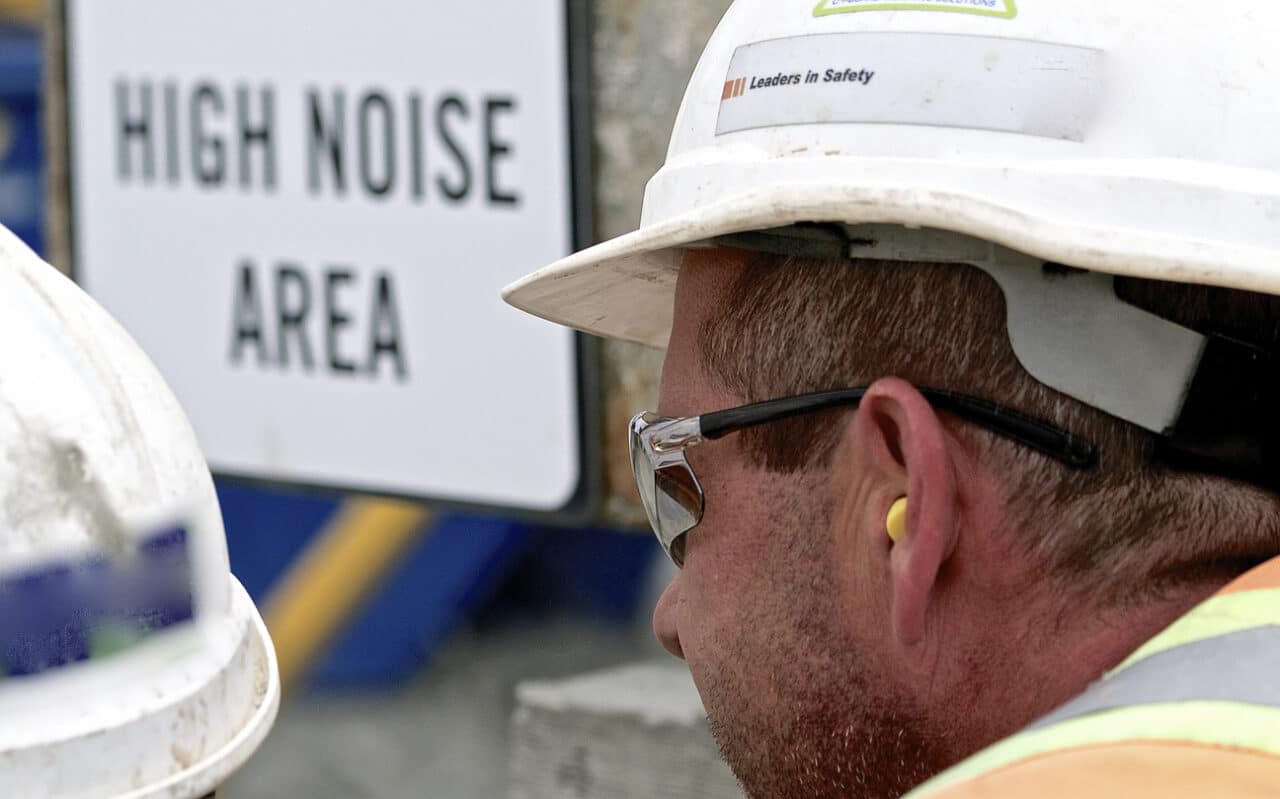Hearing loss in the workplace can be a concern in industries with high noise levels such as construction, manufacturing and entertainment. However, it may also be an issue in quieter settings due to prolonged exposure to moderate noise levels. Understanding the potential risks and implementing effective preventive measures can help protect your hearing and maintain a safe working environment.
Potential Hearing Loss Risks

Workplaces that rely on heavy machinery, power tools and industrial equipment often expose employees to noise levels that can exceed 85 dB, which is when hearing can begin to become permanently damaged. The longer you’re exposed to sounds above 85 dB, the shorter amount of time it takes to cause hearing loss.
In addition to machinery, ambient noise from ventilation systems, traffic and other background sounds can contribute to overall noise exposure. Even in office environments, persistent moderate noise can cause cumulative damage over time, though it would take much longer.
Unexpected loud noises, such as explosions or equipment malfunctions, can cause immediate and severe hearing damage. These impulsive sounds pose a significant risk in some industrial settings.
Steps to Prevent Hearing Loss
There are steps than can be taken to prevent noise induced hearing loss in the workplace. Regularly monitor and assess noise levels in the workplace to identify potential hazards.
Those responsible for the workplace may use sound level meters to measure decibel levels and pinpoint areas where noise reduction is necessary.
Administrative controls involve modifying work practices and schedules to minimize noise exposure. Strategies include:
- Rotating employees between noisy and quieter tasks to limit the duration of exposure
- Scheduling noisy tasks during less populated work hours
- Providing quiet areas where employees can take breaks away from the noise
Personal protective equipment, such as earplugs and earmuffs, is essential for protecting against hearing loss. As an employee, ensure you have access to appropriate hearing protection and are trained in its correct use. Earplugs should fit snugly and be replaced regularly, while earmuffs should provide a proper seal around the ears.
Regular training and education are also crucial for raising awareness about the risks of noise exposure and the importance of hearing protection. You should feel confident you understand the proper use and care of hearing protection devices, the signs of hearing loss and the steps you can take to protect their hearing both at work and in your personal life.
Report any concerns about noise levels and stay up to date on hearing safety policies.
If you’re exposed to high noise levels at work, schedule regular hearing tests. These tests can help detect early signs of hearing loss, allowing for timely intervention and prevention of further damage.
By taking these steps, employers can create a safer and healthier work environment, and employees can ensure their hearing is protected. To learn more about healthy hearing or to schedule a hearing test for you or a loved one, contact Premier Medical Group today.
